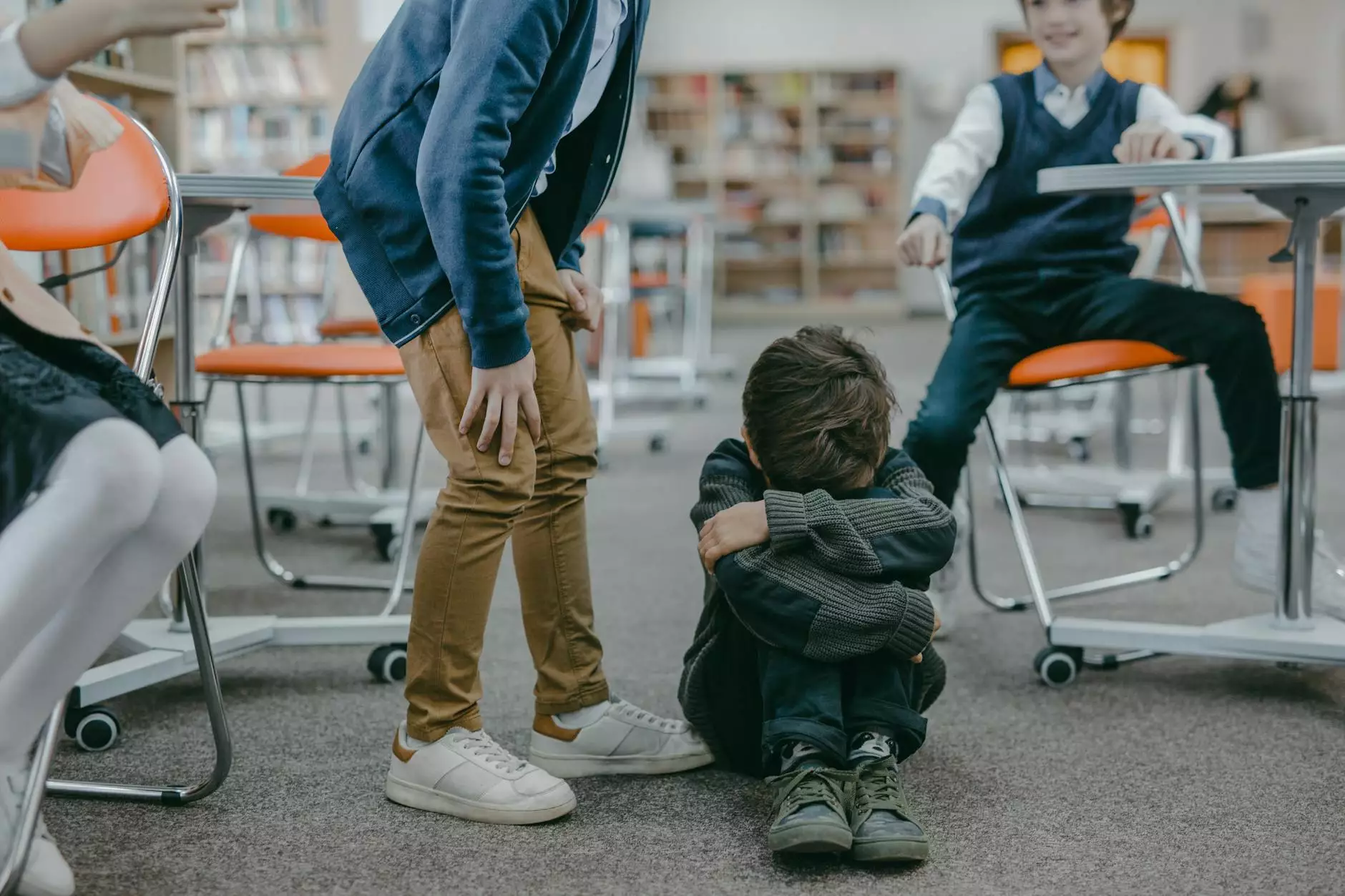Supporting Positive Behaviors at School and at Home, Part 1

Introduction
Welcome to Fountain of Hope's guide on supporting positive behaviors at school and at home! In this comprehensive article, we will provide valuable strategies and tips to help you reduce interfering behaviors and create a nurturing environment for children. Whether you are a teacher, parent, or caregiver, these techniques can greatly benefit children's overall well-being and success.
The Importance of Positive Behaviors
Positive behaviors play a crucial role in a child's development and achievements. When children exhibit positive behaviors, they are more likely to succeed academically, build healthy relationships, and develop essential life skills. However, it is natural for children to display interfering behaviors at times due to various reasons such as frustration, lack of understanding, or external influences. As adults, it is our responsibility to guide, support, and reinforce positive behaviors.
Understanding Interfering Behaviors
Interfering behaviors can manifest in different ways, including tantrums, defiance, aggression, or withdrawal. It is important to remember that these behaviors are often a form of communication and can be a result of various underlying factors. By identifying the root causes, we can effectively address and modify these behaviors to support positive change.
Evidence-Based Strategies
1. Establish Clear Rules and Expectations: Clearly communicate the rules and expectations to children at school and home. Setting consistent boundaries and providing clear guidelines empower children to understand and abide by the desired behaviors.
2. Positive Reinforcement: Praise and reward children for displaying positive behaviors. Recognizing their efforts and accomplishments boosts their self-esteem, motivation, and encourages them to continue exhibiting desirable behaviors.
3. Effective Communication: Maintain open and honest communication with children. Listen attentively, validate their feelings, and encourage them to express themselves. Effective communication lays the foundation for mutual understanding and problem-solving.
4. Modeling Behavior: Children learn by observing the behavior of adults and peers. Display the behaviors you wish to see in children. Demonstrate empathy, kindness, and patience in your interactions, and encourage others to do the same.
5. Individualized Approach: Understand that every child is unique and may respond differently to various strategies. Tailor your techniques to the specific needs and preferences of the child. What works for one child may not work for another.
6. Consistency and Routine: Establish consistent routines that provide predictability and stability for children. Consistency helps children feel secure and confident, reducing the chances of interfering behaviors.
7. Healthy Coping Mechanisms: Teach children healthy coping mechanisms to manage stress and frustration. Encourage activities such as deep breathing exercises, journaling, or engaging in hobbies they enjoy. These skills empower children to handle challenging situations constructively.
Collaboration between School and Home
Teamwork between school and home is vital in supporting positive behaviors. Consistent reinforcement of strategies and expectations across different environments creates a holistic approach to behavior management. Communication channels should be open between teachers, parents, and caregivers to share insights, progress, and challenges. Together, we can create a cohesive support system that promotes positive behaviors and enhances a child's overall well-being.
Conclusion
Supporting positive behaviors at school and at home is a collaborative effort that requires patience, understanding, and consistent implementation of effective strategies. By creating a nurturing environment, setting clear expectations, and providing ongoing support, we can help children flourish academically, socially, and emotionally. Remember, every small step towards positive behavior counts and has a lasting impact on a child's future!









